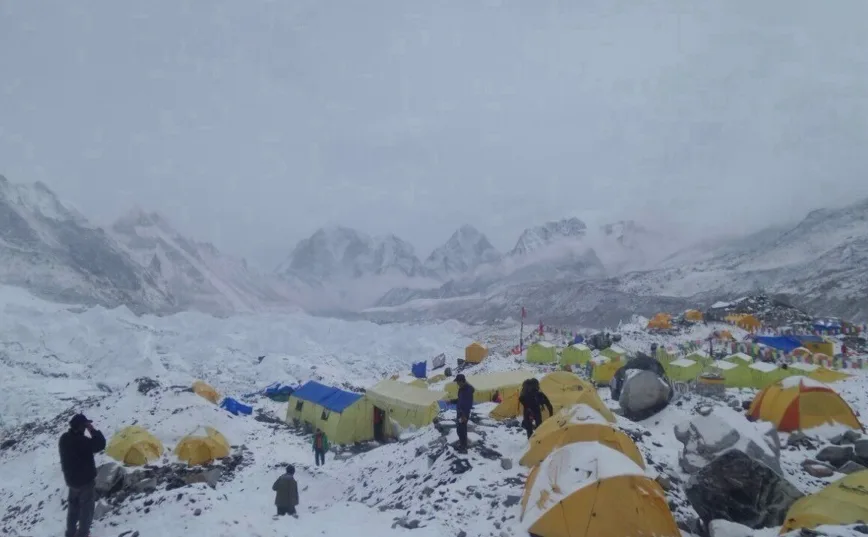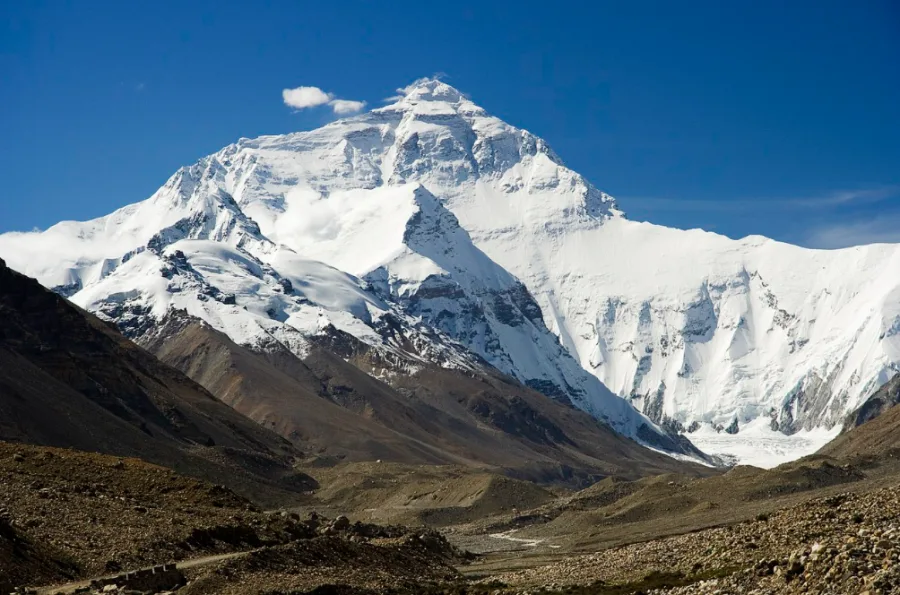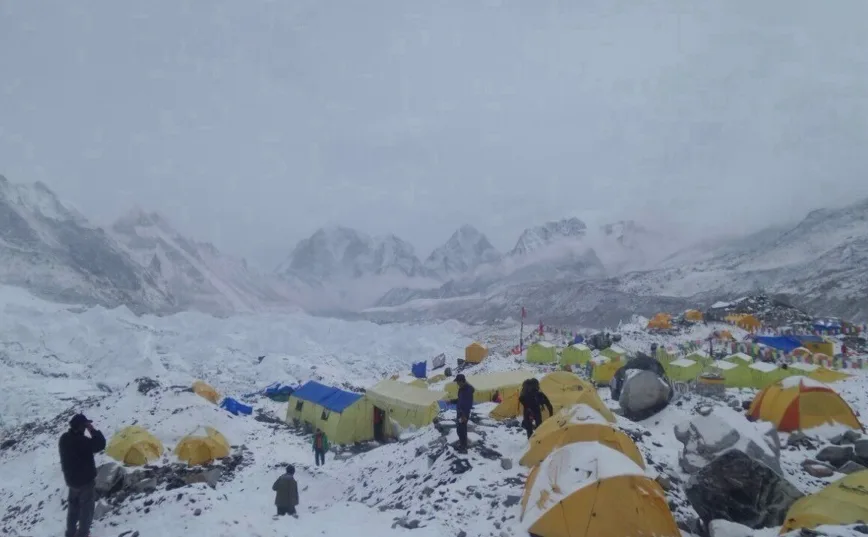
Microplastics detected on Mount Everest, the highest peak on Earth
The highest elevation that microplastics were found at was 8,440 metres above sea level and most likely originated from clothing and equipment worn by hikers.
There is now another reason why Mount Everest is known as “The World’s Highest Junkyard” — snow and stream samples from the National Geographic and Rolex Perpetual Planet Everest Expedition revealed evidence of microplastic pollution on the mountain. It wasn’t just a one-off occurrence, microplastics were found in every single snow sample the researchers collected.
The bleak discovery adds Mount Everest to the growing list of remote locations that have been invaded by microscopic pollution particles. From the French Pyrenees to the deepest parts of the sea, microplastics have spread to all parts of the planet. Human activity and environmental processes, such as wind and rain, are the main ways that microplastics are transported to these secluded locations.

Mount Everest North Face seen from the path to the base camp. Credit: Luca Galuzzi/ Wikimedia Commons
The Mount Everest researchers published their findings in the journal One Earth and say that the iconic location is far from its once-pristine condition due to increased tourism and subsequent pollution. They found that the highest concentrations of microplastics were in samples taken from the snow and streams in Base Camp, which is where climbers spend more of their time. The highest elevation that microplastics were found at was 8,440 metres above sea level, which is just below the summit, and demonstrates just how far the microscopic pieces of plastic are travelling.
Accumulating waste has become an increasingly prominent issue since damaged tents, oxygen canisters, and other supplies are left behind as climbers complete their ascent. It’s estimated that there could be over 200,000 lbs of garbage on the mountain, and removing it requires an extensive team of specially trained personnel.
However, many of the microplastics collected in the study originated from the clothing and equipment the climbers used since most of the microplastics were polyester fibres that were smaller than 5 mm in size. According to the study, just 20 minutes of normal activity could shed 400 fibres per gram of fabric and one billion microplastics could be released by a person wearing 1 kg of polyester clothing, such as a coat, each year.

Mount Everest Base Camp. Credit: Surajaley/ Wikimedia Commons
While most microplastic research focuses on animals and aquatic systems, the researchers say that there is less known about how this type of pollution impacts landscapes and remote mountains.
“These findings highlight human impacts in Earth’s remotest areas, partly through the act of exploration of extreme environments. This creates a challenge and opportunity for manufacturers of performance clothing and equipment to develop designs that use more sustainable materials that are either natural or minimize shedding of microplastics,” the study states.
“Climbers and trekkers should consider the full impact of exploration activities on the environment.”











